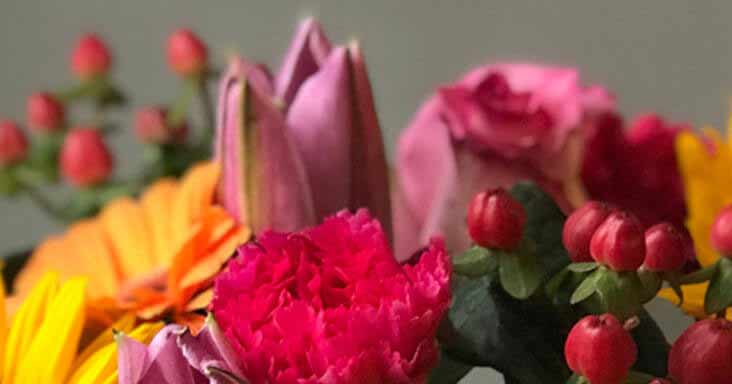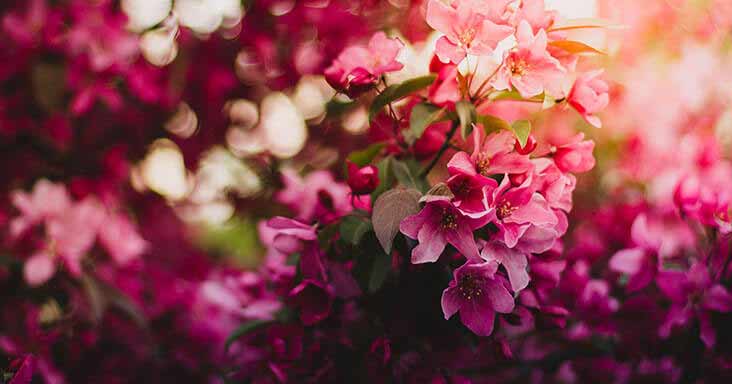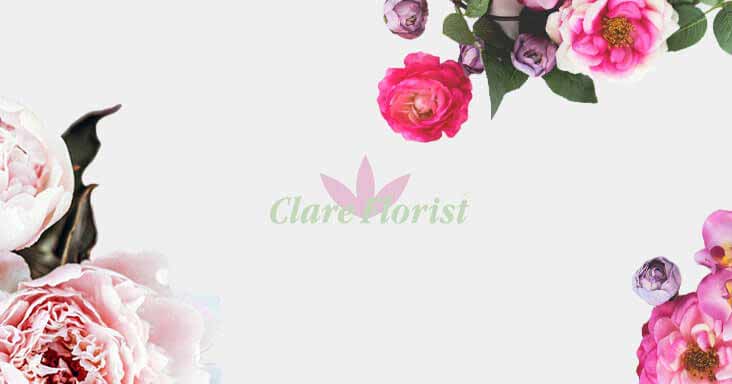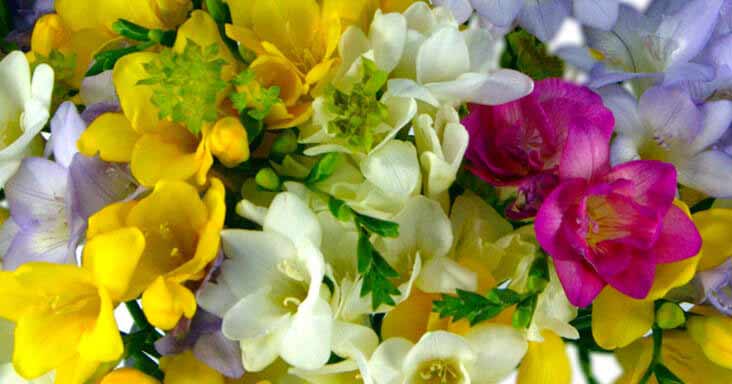Commercial flower growing is an industry that requires applying a business like approach to skilled flower production. Its returns are based on the supply and demand for the selected crop and its quality; dependant on it being harvested at the correct time, being well presented and having minimal damaged incurred during the growing process.
Before the any machinery is sent out to prep the land the growers have to choose which crop to produce which will depend on a variety of factors:-
- The level of capital required – commercial flower growing is an expensive business with high costs for land, machinery, storage and labour. If there is a shortage of labour during he harvesting season then the flower will be more expensive to produce, or if planting has to be further spaced more land will be required for the same yield.
- The distance to market and demand – A constant flow of supply is very important for buyers. There are times when supply is high and demand is low if changing weather has caused an early bloom for some crops or when supply suffocates demand causing prices to fall.
- Probably most importantly is the location – Whether they are grown in a green house or a field, the climate considerations for each species of flower will have to be taken into account to the environment available to each grower.
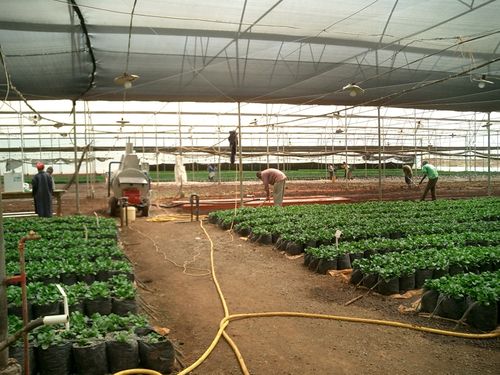
The location is the primary reason why the Dutch flower industry is the largest producer of spring flowering bulbs providing nearly sixty percent of the commercially grown bulbs in the world. Its location provides a near perfect climate with its lowlands having a close proximity to the sea, moderate winters, rich soils and a cool spring with continuous rainfall.
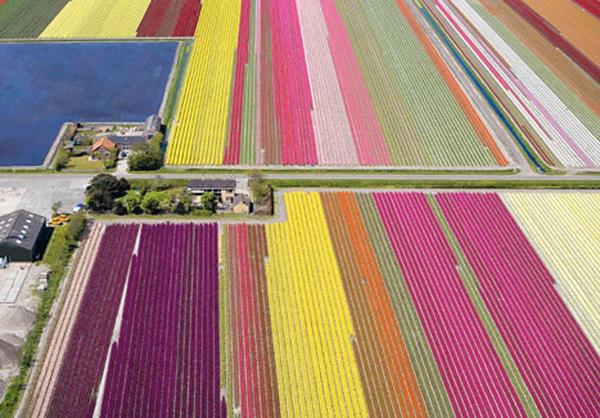
Once planted, regardless of the type of flower and bulb being grown, the quality of the final flower is key to having a successful crop. Flowers must be grown free from pests, disease and damage with the special attention given to a crop during its growing cycle will pay for itself with a good market return. Pruning plants of their leaves helps to focus the growing energy into the flower head as does removing flower heads when growing bulbs.
Once the flowers have reached a level to which they can be harvested, there are many practices used by commercial flower growers to help increase the life span of their cut flowers.
Harvesting at the correct stage of flower development is crucial so the flowers will be ready to bloom, or have just bloomed when they reach the customer but this varies with flower species. Roses, lily and gladiolus are harvested in the bud stage while others have to be slightly open.
The time of day for the harvest is also crucial and is done during the cooler parts of the day. It is a trade off between morning flowers being more turgid and their easier to handle or in the evening when the plants sugar content is better. How the stem is cut is also important to the grade of flower at auction/market. The longer the stem, the more stability the flower has and the more attractive it looks but this has the trade of potentially leaving the plant with more leaves which would encourage further growth away from the main head.
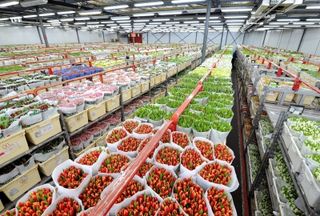
Once cut, the flowers have to be rapidly cooled to remove their growing and field heat, which prolongs their subsequent vase life. This is done through cool store facilities, forced air coolers and placing the flowers in water.The results of this process are a high quality crop of rich colour and strong flowers, which are ready of transport..


